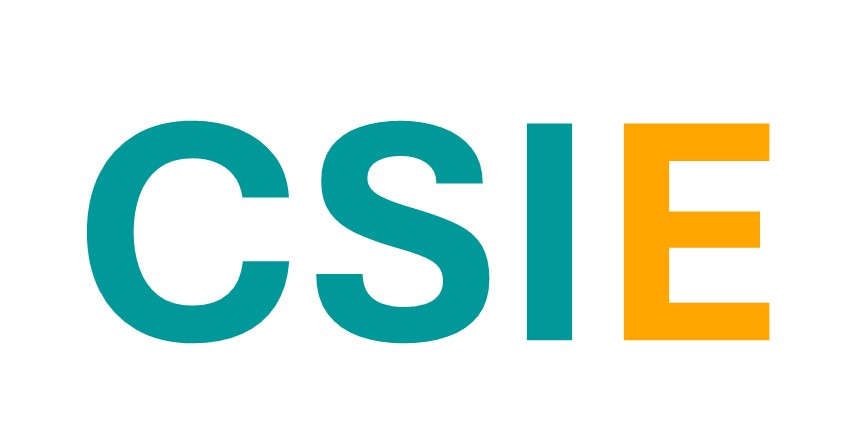CSIE acts as the Commissioning Authority (CA), managing the “Owner’s Quality Process.”
During the 35-years of electrical and mechanical infrastructure design, it is important to verify the design intent has been executed properly within the construction and operational process to ensure a reliable installation that maintains the design capacity desired. The formal process of this verification is called commissioning. CSIE provides both third-party owner commissioning authority for owner’s protection, and engineering verification of technical designs for engineering and construction project administration.
CSIE provides the resources to support the systematic process of ensuring that all building systems perform interactively according to the design intent and the owner’s operational needs. This is achieved by beginning in the design phase by documenting the design intent and continuing through construction, acceptance and the warranty period with actual verification of performance.
The commissioning process encompasses and coordinates the traditionally separate functions of system documentation, equipment startup, control system calibration, testing and balancing, performance testing, and training.
It is CSIE’s experience that team chemistry is essential, as the team must commit to the Mission, Schedule and Budget. Decisions must be collaborative and timely as delays to schedule are costly and impact the quality process.
CSIE’s approach to ensuring quality design, construction, and operation is called an “Integrated Commissioning Process,” i.e., a comprehensive approach to the development of testing/qualification procedures for completed construction projects.
As part of the commissioning process, CSIE developed the Level 5 process which is defined as the Integrated Commissioning which includes the oversight for the manufacture, shipping, installation, design, construction, system component functionality, and integrated site operating procedures to assure optimal environmental reliability and uptime of critical site infrastructure. Site-specific procedures and portable instrumentation are used to qualify installation and to measure critical operating parameters, under both normal and abnormal conditions.
